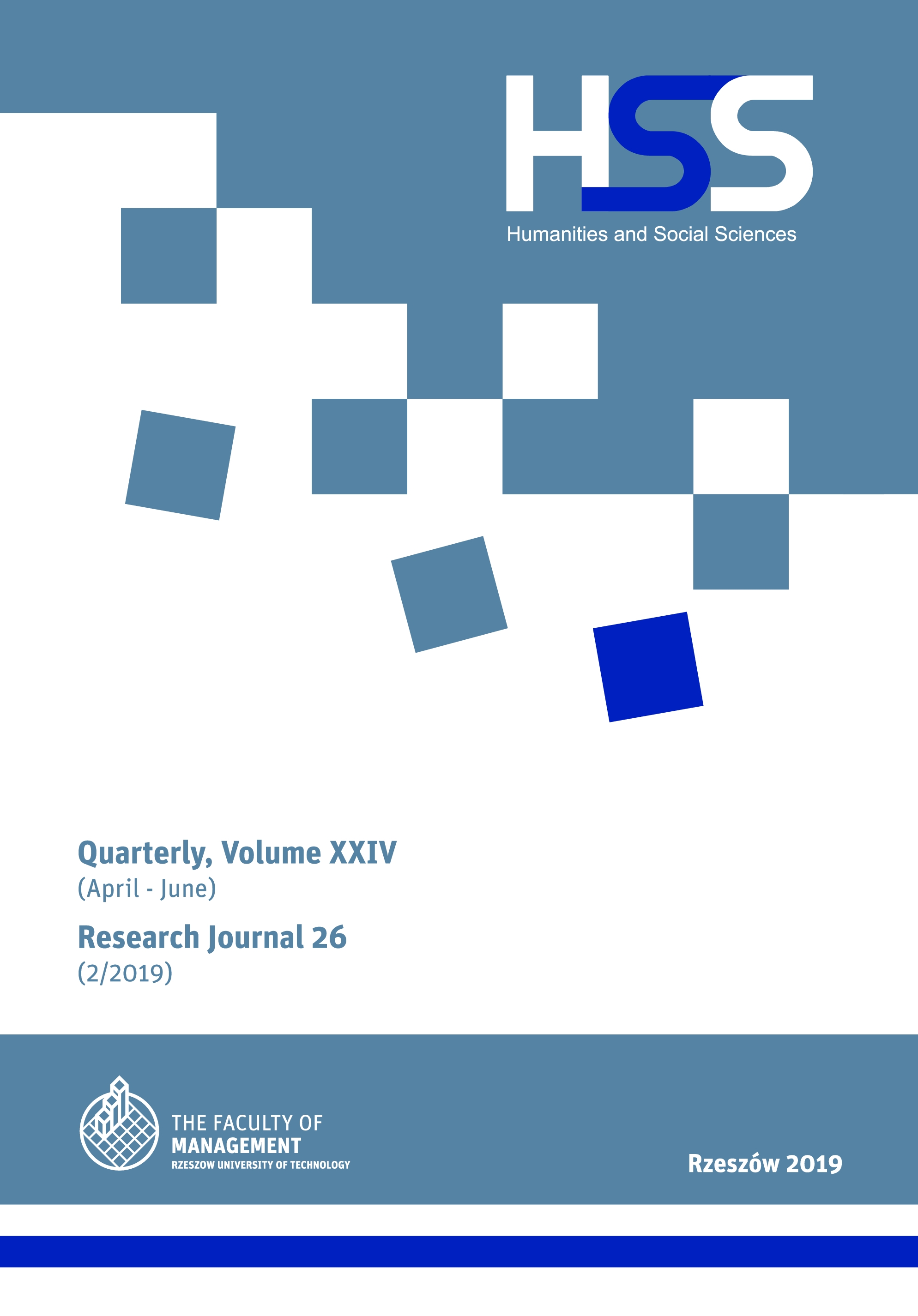Abstract
To understand the behavior of the individual, one seeks to shed light on his psychic processes. New relationships between economics and psychology contribute to overthrowing the ideal-real logic: scholars explicitly attempt to describe poorly defined and therefore difficult to standardize, precisely because of this, characterized by a unique and transient nature. To understand complex macroeconomic phenomena, it is important to study the more or less conscious interaction among a multitude of thinkers. It changes the relationship between theory and reality. Economic decision making requires choosing appropriate courses of action to promote the economic well being of oneself or others in a complex, dynamic and uncertain world. Individuals interpret reality through an activity of sense-making that involves emotions. Being able to make changes smoothly would help to gain new mental consistency, increase vibration perceptions, cognitive-functional capabilities, psycho-physical health, reduce emotional distress and always open a door for change And the experimentation of the new and of themselves. There is a widespread tendency in today's society to represent the economy as modeled by macro-forces we are more or less succubae, despite their impact on our existence. Faced with these complex phenomena, the message of the economy that studies behaviors is very clear: there is no economic cause that does not concern individuals and does not go in the plot of intersubjective relationships.
References
Ainslie, G., Haslam, N. (1994). Altruism is a Primary Impulse, not a Bechara, A., Damasio, A.R., Damasio, H., Anderson, S.W. (1994). Insensitivity to future consequences following damage to human prefrontal cortex. “Cognition”, 50.
Anderson, C., Keltner, D. (2002). “The Role of Empathy in the Formation and Maintenance of Social Bonds-Commentary (Preston & De Waal 2002). “Behavioral and Brain Sciences”, 25.
Archer, M., Bhaskar, R., Collier, A., Lawson, T., Norrie, A. (1998). Critical realism: essential readings. London: Routledge.
Axelrod, R., Hamilton, W.D. (1981). The Evolution of Cooperation. “Science, New Series”, Vol. 211, No. 4489.
Bolton, G.E., Ockenfels, A. (2000). ERC: A Theory of Equity, Reciprocity, and Competition. “American Economic Review”, 90.
Bono, J.E., Ilies, R. (2006). Charisma, positive emotions, and mood contagion. “Leadership Quarterly”, 17.
Brown, S.L., Brown, R.M. (2005). Social Bonds, Motivational Conflict, and Altruism: Implications for Neurobiology (Open Peer Commentary for “A Neurobehavioral Model of Affiliative Bonding: Implications for Conceptualizing a Human Trait of Affiliation” by Richard A. Depue and Jeannine V. Morrone-Strupinsky. “ehav.Brain Sci.”, 28 (3).
Camerer, C.F., Fehr, E. (2006). When Does “Economic Man” Dominate Social Behavior? “Science”, January.
Campbell, S. (1994). Being Dismissed: The Politics of Emotional Expression. “Hypatia”, Vol. 9(3).
Damasio AR (1994). Descartes’ error: emotion, reason, and the human brain. New York: Putnam.
Eisenberg, N., Fabes, R. A. (1990). Empathy: conceptualization, measurement, and relation to prosocial behavior. “Motiv. Emot.”, 14.
Falk, A., Huffman, D., Sunde, U. (2018). On the Relationship between Cognitive Ability and Risk Preference. “Journal of Economic Perspectives”, Vol. 32, No.2.
Falkowski, A., Maruszewski, T., Nȩcka, E. (2008). Procesy poznawcze [w:] Strelau, J., Doliński, D., eds., Psychologia. Podręcznik akademicki. Gdańsk: Gdańskie Wydawnictwo Psychologiczne.
Kahneman, D., Knetsch, J.L., Thaler, R.H. (1986). Fairness and the Assumptions of Economics. “The Behavioral Foundations of Economic Theory”, October, 59 (4).
Kaneman, D., Tversky A. (1979). Prospect Theory: An Anylysis of Decision under Risk. “Econometrica”, Vol. 47, 47(2).
Konow, J. (2000). Fair Share: Accountability and Cognitive Dissonance in Allocation Decisions, “American Economic Review”, 90(4).
Landgraf, R., Neumann, I.D. (2004). Vasopressin and Oxytocin Release within the Brain: A Dynamic Concept of Multiple and Variable Models of Neuropeptide Communication. “Front.Neuroendocrinol.”, 25.


